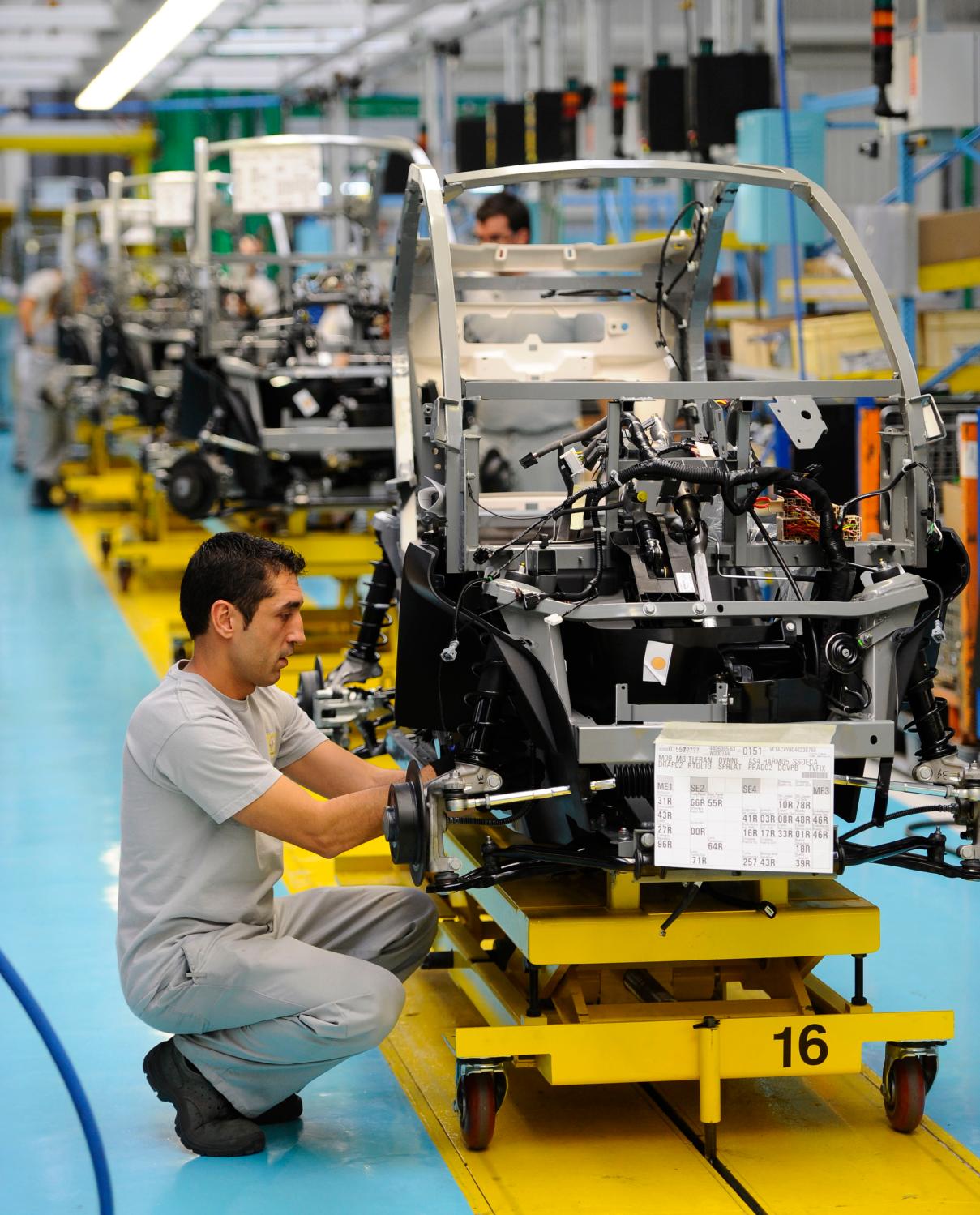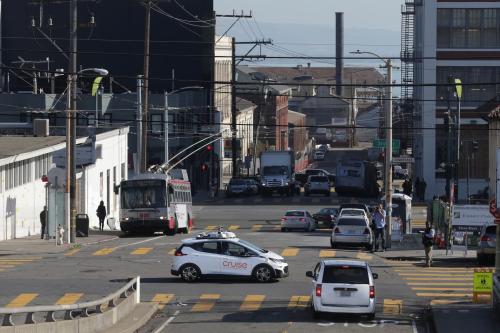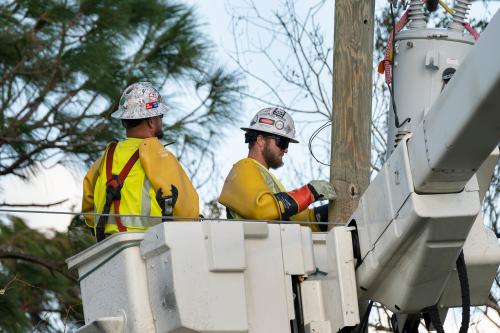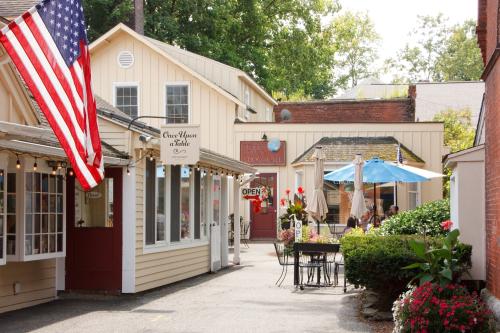Narrowing cost gaps and companies’ increased desire to produce nearer to their customers are making the “reshoring” of industrial production to the United States a genuine possibility.
However, it is an instructive irony that although the trends are now right for U.S. reshoring, conditions on the ground are not always so favorable. That’s because 40 years of offshoring have done a lot of damage to what Gary Pisano and Willy Shih have called the nation’s “industrial commons“—the shared resource base of skilled workers and supply chains upon which all manufacturers draw.
Tim Aeppel of the Wall Street Journal reported this summer on how shortages of skilled workers were complicating the return to U.S. production of companies making furniture and candles. And the Journal’s James Hagerty had earlier noted that when Whirlpool brought back production of that company’s KitchenAid hand mixers the company couldn’t find U.S. suppliers who could make the motors cheaply enough.
Now, Harvard Business School’s Shih has added more texture to the story by looking at several higher-value efforts to bring assembly work back to domestic factories. Specifically, Shih devotes much of a new article in the MIT Sloan Management Review to examining the reshoring experiences of General Electric Co. at Appliance Park in Louisville and of Google and Flextronics International in Fort Worth where the firms attempted to assemble the MotoX smartphone.
Shih injects a dose of realism into the reshoring discussion. He notes that both GE and Google’s Motorola Mobility unit faced enormous difficulties in hiring adequate numbers of appropriately skilled people for their factories. Appliance Park started with 10,000 applications for an initial 2012 posting. Of the 6,100 who passed the screening, 730 were hired but 228 were terminated in the first year. Fort Worth had to hire 6,500 workers to yield the required 2,500 employees to begin volume production. In both cases, a lack of basic familiarity with modern precision manufacturing among new hires led to a lot of turnover.
At the same time, managers at both Appliance Park and in Fort Worth faced hollowed-out local supply bases. Almost all the parts for the MotoX had to come from China, Korea or elsewhere in Asia, while GE encountered reduced capacity in its supply base for appliance parts. As of now, Appliance Park has basically succeeded in Louisville (though GE has signaled that it wants to sell its appliance division) while the Motorola—which Google is selling—said recently it will close the MotoX facility in Fort Worth due to lackluster sales and high costs for labor and shipping.
So what are the takeaways? The first one is that reshoring is an economic possibility, yes, but not a foregone conclusion. Global costs, technology and siting dynamics have enhanced the logic of bringing production to the United States. However, the actual logistics are tricky: They depend hugely on the local realities of workforce availability, innovation capacity, and supply chain density. Which raises the second takeaway: To bolster not just reshoring but the size and vibrancy of its critical advanced industry sector, America and its regions must strengthen the depth of the nation’s regional advanced industry ecosystems. Companies, governments and networks of civic entrepreneurs are going to need to work closely together to rebuild the nation’s local skills pools, industrial innovation capacity, and supply chains. As Shih says, “The long-term development of capabilities becomes far more important than short-term haggling over price.”
Ultimately the macro fate of the reshoring moment will play out metro area by metro area, regional ecosystem by regional ecosystem. With labor and energy costs less central now to U.S. siting decisions, the skills, creativity, services and organization capabilities available locally matter relatively more. They will determine what reshoring occurs and where.
The Brookings Institution is committed to quality, independence, and impact.
We are supported by a diverse array of funders. In line with our values and policies, each Brookings publication represents the sole views of its author(s).




Commentary
Reshoring: Strong Regions Will Determine Where, How
October 2, 2014